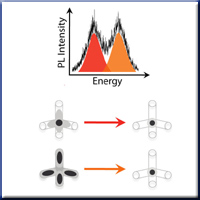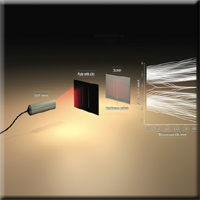July 01, 2011 - Researchers have been investigating the connection between fifth century Himalayan instruments used in religious ceremonies and modern physics.
In a study published today, 1 July 2011, in IOP Publishing’s journal Nonlinearity, researchers have captured high speed images of the dynamics of fluid-filled Tibetan bowls and quantified how droplets are propelled from the water’s surface as the bowls are excited.
A Tibetan bowl, generally made from a bronze alloy containing copper, tin, zinc, iron, silver, gold and nickel, is a type of standing bell played by striking or rubbing its rim with a wooden or leather-wrapped mallet.
|




